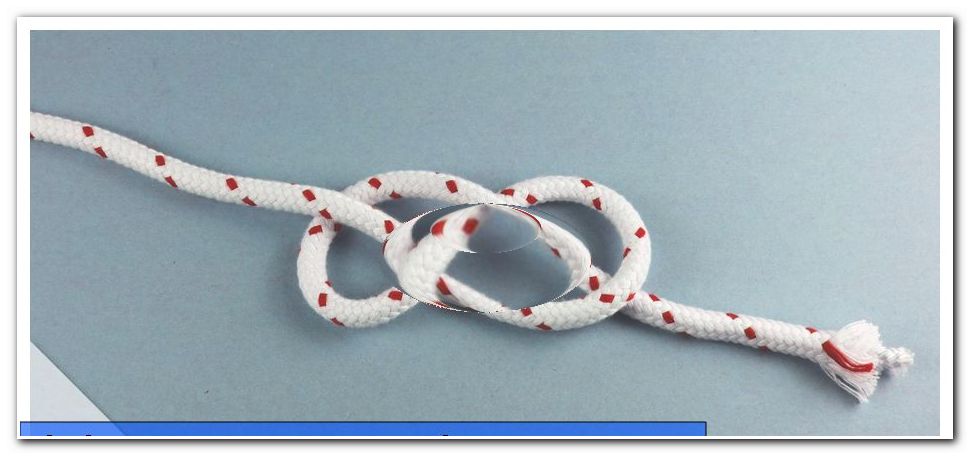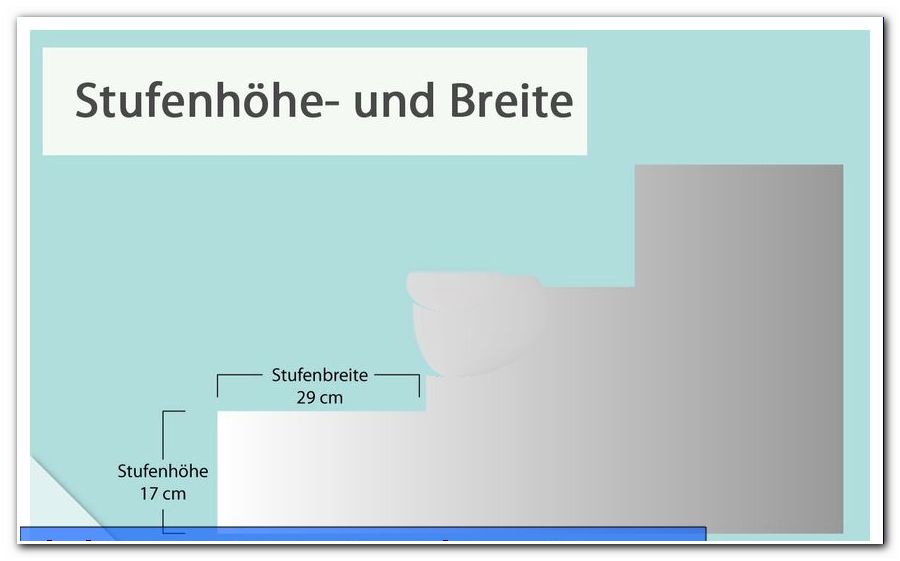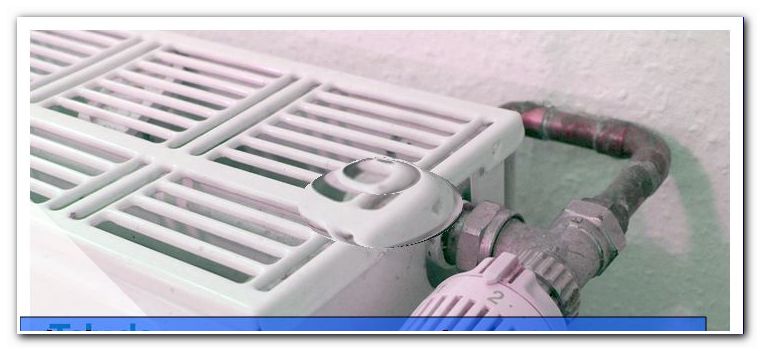Sewing ABC - sewing dictionary - over 40 sewing terms easily explained

They want to start sewing and make their own individual pieces ">
The following sewing dictionary refers to important and basic terms that must not be missed for a successful start to the new hobby. Furthermore, we refer you to detailed instructions that will explain certain areas in more detail.
Important sewing terms
applications
Applications are pieces of fabric that are sewn onto projects for decorative purposes. This can be done by hand or by machine. Applications can have a variety of shapes and designs.
Here you will find detailed instructions for applying: //www.zhonyingli.com/anleitung-zum-applizieren/
cotton
This fabric is probably the best known and most popular fabric for sewing. Especially for sewing beginners, this material is particularly suitable. It is easy to work with, as it barely warps. However, cotton wrinkles quickly and often has to be ironed before processing.
cover
An aperture, as the name implies, is used to blend visible seams. This can be a border or a food piece.

To the instruction "sewing pincushion": //www.zhonyingli.com/nadelkissen-selber-machen/
Bodkin
This is used, for example, to draw cords and ribbons through a drawstring.
inlay
Inserts come in different strengths and serve to reinforce other fabrics, such as bags or caps. Inserts are available for ironing or sewing. For example, fabrics can be given greater strength when needed for a project.
thread tension
Different thread tensions are used for different fabrics. For example, a smaller thread tension is required for lace than for linen. It is very important to always work with the right thread tension.
felt
Felt is made of wool by felting by hand or by machine. Another option is to wash knitwear at high temperatures. Felt is available in a wide variety of colors and patterns, is slightly thicker and does not fray when cutting. Felt is therefore used for applications and patches.
thimble
With a thimble you can protect yourself from needlesticks in the skin. The thimble is usually worn on the middle finger and also facilitates the piercing of thick or multiple fabrics. Thimbles are available in a variety of materials: metal, plastic, porcelain or leather. When buying should be taken to ensure that the thimble fits properly.

fleece
Fleece is a very soft and cuddly fabric whose surface is roughened during manufacture. It does not frizzle when cutting and is therefore often used by sewing beginners. Here, ironing is usually not necessary.
Here we show you how Fleece Fabric can be processed in a loop scarf: //www.zhonyingli.com/loop-schal-naehen/
feed
To hide unsightly seams or backs of embroidery, some fabric is underlaid with a thin fabric.
yarn
Here are the different variants. Cotton or polyester yarns are universally applicable. Whatever you use, there is always a rule in yarn: do not save on yarn! Cheap yarn usually breaks very fast and the repair takes a lot of time.
bobbin
A bobbin is the small piece of metal in the sewing machine under the needle. Here the bobbin thread is used.
Would you like to know exactly how to thread a top and bobbin thread into the sewing machine "> // www.zhonyingli.com/oberfaden-unterfaden-einfaedeln/
Straight stitch
This stitch is the basic stitch of every sewing machine and is used for most projects. Here also different stitch lengths can be set.
Buttons
Buttons are available in different variants. These are usually sold by diameter. Buttons are suitable as a closure as well as for decoration. There are buttons with 2 or 4 holes or with an eyelet on the bottom. Buttons for decorative purposes may well have other shapes than round.

You want to know exactly how to sew a buttonhole or remove press studs "> // www.zhonyingli.com/anleitung-knopf-annaehen/
linen
This fabric is similar to cotton, but is much firmer and wrinkles faster, so you'll need to use the iron several times during sewing to get a nice finish. Linen is particularly suitable as placemats, tea towels and the like.
Left fabric side
When talking about the left side of the fabric, it means the "not beautiful" side of the fabric.
tape measure
The measuring tape is undoubtedly the basic equipment of every seamstress. It would be better to measure it once more than to find out later that the fabric does not have the desired size. 1.5 meters should have at least such a tape measure. Shorter ones are not suitable for many sewing projects and longer ones are usually in the way.

mattress stitch
This stitch is sewn by hand and is used for sewing applications and the like. This seam is invisible.
A detailed description of the mattress stitch, also called "Zaubernaht", you will find here: //www.zhonyingli.com/mit-der-hand-naehen-lernen/#blindstich_zaubernaht_leiterstich
metal ruler
For smaller dimensions, a ruler is recommended. To cut directly along the ruler with a pair of scissors or a rotary cutter, a ruler on metal makes perfect sense.
needles
There are also different designs for the needles. Depending on what you need needles, the appropriate can be chosen. Needless to say, sewing needles are best for seams that are made by hand, as they are very pointed and short and the eye of the needle is just big enough for sewing threads. Wool needles, on the other hand, are bigger, thicker and the eye of the needle is quite large. These needles are not so pointed, so that the wool threads can be sewn well. Other special needles are available for stuffing, quilting, embroidery, pinning and much more.
sewing machine foot
The sewing machine foot is the part of the sewing machine that moves over the fabric and "holds" it. The presser foot can be raised and lowered with the lever at the back of the machine. For special work such as sewing a zipper there are special sewing machine feet.

sewing machine needles
For different sewing and fabric different sewing machine needles are needed. For example, leather requires a different needle than cotton. Which needles are suitable should be obtained from the manufacturer of the sewing machine.
sewing plate
The sewing plate sits directly under the sewing machine foot and usually has dimensions that you can orient yourself to.
seam Ripper
Especially in the first sewing projects happen quickly mistakes and you have to disconnect some seams again. Here a seam separator is worth gold. A seam breaker looks like a pair of scissors with pointed cutting edges. You drive under the seam to be opened and carefully cut to the end. Be careful not to damage the fabric.
seam allowance
The seam allowance is the distance between the seam and the edge of the fabric. It is important to always consider the seam allowance when cutting pieces of fabric, otherwise the sewing project will be smaller than desired.
Quilting
When quilting is sewn with the sewing machine or by hand through two layers of fabric and the padded insert.

A detailed description of the quilting can be found in our patchwork quilt manual: //www.zhonyingli.com/patchworkdeck-naehen/#das_quilted_steppen
Right fabric side
When speaking of the right side of the fabric, it means the "beautiful" side of the fabric.
Rotary cutter
With a rotary cutter fabrics can be cut very precisely. Of course, a cutting mat should be used under the fabric to protect the bottom surface. With a good rotary cutter even several layers of fabric can be cut at once. For smaller curves, smaller rotary cutters are better.
scissors
For sewing, there are a variety of scissors, all of which have a specific use. For example, there are tailor's scissors, embroidery scissors, pinking scissors and a few more. In our sewing ABC we focus on the most important ones.
French chalk
This chalk is usually available in white, blue and gray. It is needed to show patterns and is easy to remove; so easy that you should also be careful not to smudge the chalk marks when working. Rough lines can be easily marked with the tailor's chalk. However, this is not so good for precise lines.
shears
One thing you should not save on: a good tailoring scissors. This should have a fairly long cutting edge and a curved handle. Cutting fabric is so much easier than with a traditional pair of scissors. Important: A scissors should only be used for cutting fabrics. Otherwise, the scissors could quickly dull and no longer do what it was intended to do.
cutting mat
Cutting mats are available in different sizes and colors. They are usually self-repairing, so you can confidently work with a rotary cutter or cutter on the mat to protect the work surface.

silk
Silk is a very fine fabric and therefore not so easy to work with. Not every stitch and needle is suitable for working with silk. This fabric is mostly used for linen, bags and ornaments.
top
This fabric is very fine and is mainly used for ornaments and the like. During production, individual threads are linked together to form a pattern. When working with lace should be used wisely and a small pointy scissors.
pins
If you want to sew, you definitely need a lot of pins to stick together several fabrics or, for example, to pin down the pattern you need. These are available in different lengths and with different heads.

Stickschere
This is a small, about 10 to 12 cm long, scissors that should not be missing in any Nähkörbchen. It is particularly suitable for cutting small threads, as the cutting edge is short and pointed so that you get as close to the fabric as possible without damaging it.
Stickvlies
Embroidery fleece is removable and is used to embroider with the machine. The fabric to be embroidered becomes firmer and easier to embroider. After embroidering, the embroidery fleece is simply removed again.
matter
There are many different types of fabrics. Apart from the fact that the designs are almost limitless, one can distinguish between different materials: cotton, polyester, leather, jersey, silk, organza, tulle, fleece, knitwear and many more. Of course, the material used depends on the particular project. Some fabric types can be found separately here our Näh ABC.
fabric marker
Fabric markers are usually available in bright colors like light blue or gray. This pen is like a normal felt-tip pen to handle. You can use it to mark and cut the patterns on the fabric. After that, the strokes can be easily removed with just a few drops of water.

tulle
Tulle is mostly used as a lace for decorating projects and is also made of single threads. It is also used to "blow up" dresses and skirts. When working with tulle, extreme care must be taken. A short point scissors is best here.
closures
To open and close fabric layers can be selected from a variety of closures. There are, for example, snaps, zippers, hooks and eyes, magnets, safety pins, cords and much more. Which closure is the right one depends on the sewing project and should be carefully selected.
wadding
Wadding is available in different thicknesses and materials. This can be used for upholstering or to give softness to certain projects.
Textiles
As the name suggests, this fabric is woven and consists of vertical and horizontal threads. Woven fabrics are available in a wide variety of colors and designs.
pinking shears
This is needed to prevent the fraying of some fabric. Just cut along the fabric. This can also be very decorative and is also particularly suitable when materials are stored and should not fray.




